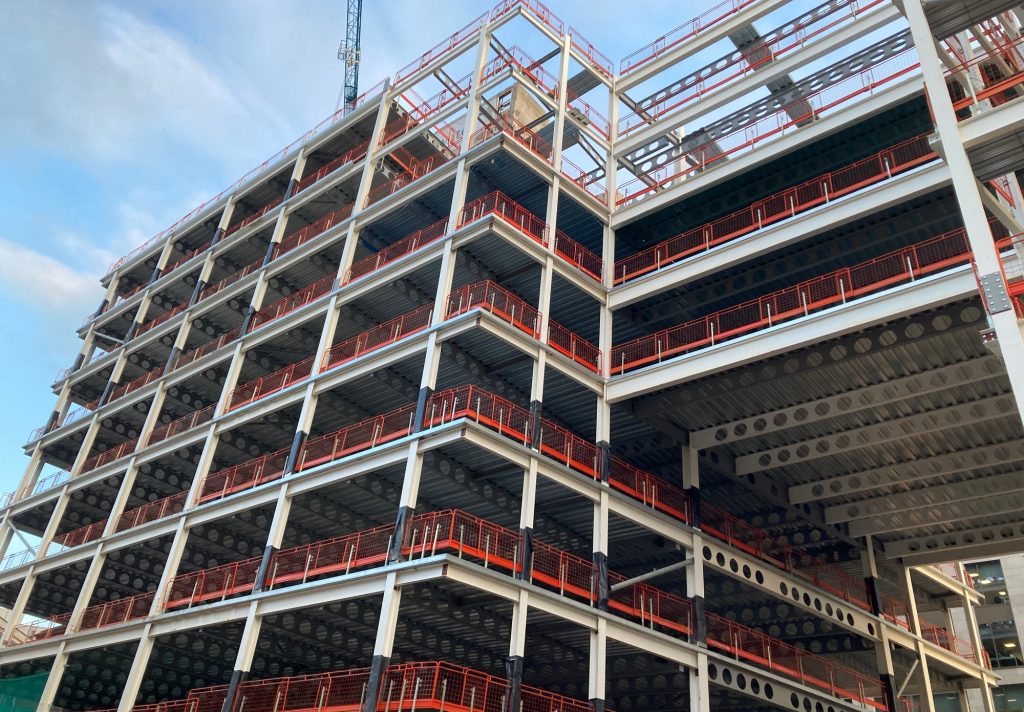How to reap the benefits of an alternative procurement route:
Atypical projects require different solutions. Progressive methods of construction allow clients and contractors to overcome challenges in a variety of ways, ranging from modern manufacturing or delivery methods to improving the procurement process.
Traditionally projects have been defined, designed and delivered by three distinct parties. Clients will define what’s required, approach consultants to design a detailed project, and then approach contractors to deliver on this.
While this allows each set of experts and stakeholders to bring their particular expertise and understanding to each stage, it limits opportunity for discussion and a broader groups’ knowledge at the pre-construction stage.
Instead, early contractor involvement (ECI) allows the contractor to contribute during design stage, sharing their expertise and experience.
ECI has been defined by the Institution of Civil Engineers as “a non-traditional procurement route, where a contractor’s skills are introduced early into a project to bring design buildability and cost efficiencies to the pre-construction phase”.
In practice this is usually the case for design and build or management contracting jobs, or by a two-stage tender process.
For projects posing challenges due to location, lead-times or end-use engaging a range of the contractors early can be particularly valuable. Bringing in experts allows obstacles to be overcome quickly during pre-construction stage.
Benefits of early contractor involvement
The benefits of early contractor involvement include:
- Streamlining construction sequencing
- Identifying the best materials
- Designing the most efficient frame
- Developing a good team-working ethic
Allowing experienced contractors to advise on buildability will refine programme sequencing and create opportunity for any risks to be identified and mitigated against. This can include assistance on everything from securing planning application approvals, to planning for construction traffic on-site, to identifying waste management processes.
Early contractor involvement will also allow for materials, methods and framing to be comprehensively scoped. This can inform on the lead-times for materials and recommendations can then be sought on trusted suppliers and sub-contractors best-placed to deliver the programme.
Additionally, bringing multiple contractors together early on in will foster good communication and collaboration between professionals. By engaging and trusting contractors, main contractors can encourage innovation and allow risk to be carefully managed by multiple stakeholders, to minimise unforeseen costs or challenges.
It is important to be realistic about one of the limitations of early contractor involvement though. While it allows for advice and insights, it does not guarantee accurate pricing can be given early, since projects are still likely to lack the necessary detail at pre-construction stage.
However, each of the benefits above will deliver time and cost savings overall, contributing to delivering an efficient programme. This means early contractor involvement is particularly well-suited to large or complex projects; though with clear benefits it can be considered for any project size or type.
Early contractor involvement for structural steel developments
Bringing in experienced structural steel contractors at pre-construction stage delivers each of the above benefits. Advice can be given on the sequencing, members and methods for the frame, covering everything from the connections likely required, to how and when to transport materials in, and plant required to construct the frame. And teams can begin to develop a good working relationship with other suppliers, fostering trust ahead of the build and identifying where programme timings can be further refined between different project stages.
When expectations are high of the main contractors, having reliable, experienced sub-contractors on-side benefits all parties. Where main contractors are expected to define programmes, outlines costs, and identify materials, systems and approaches from the off, external experts can ensure these vital but sometimes competing project components are delivered precisely.
For guidance or advice on optimizing projects from pre-construction stage, get in touch.

